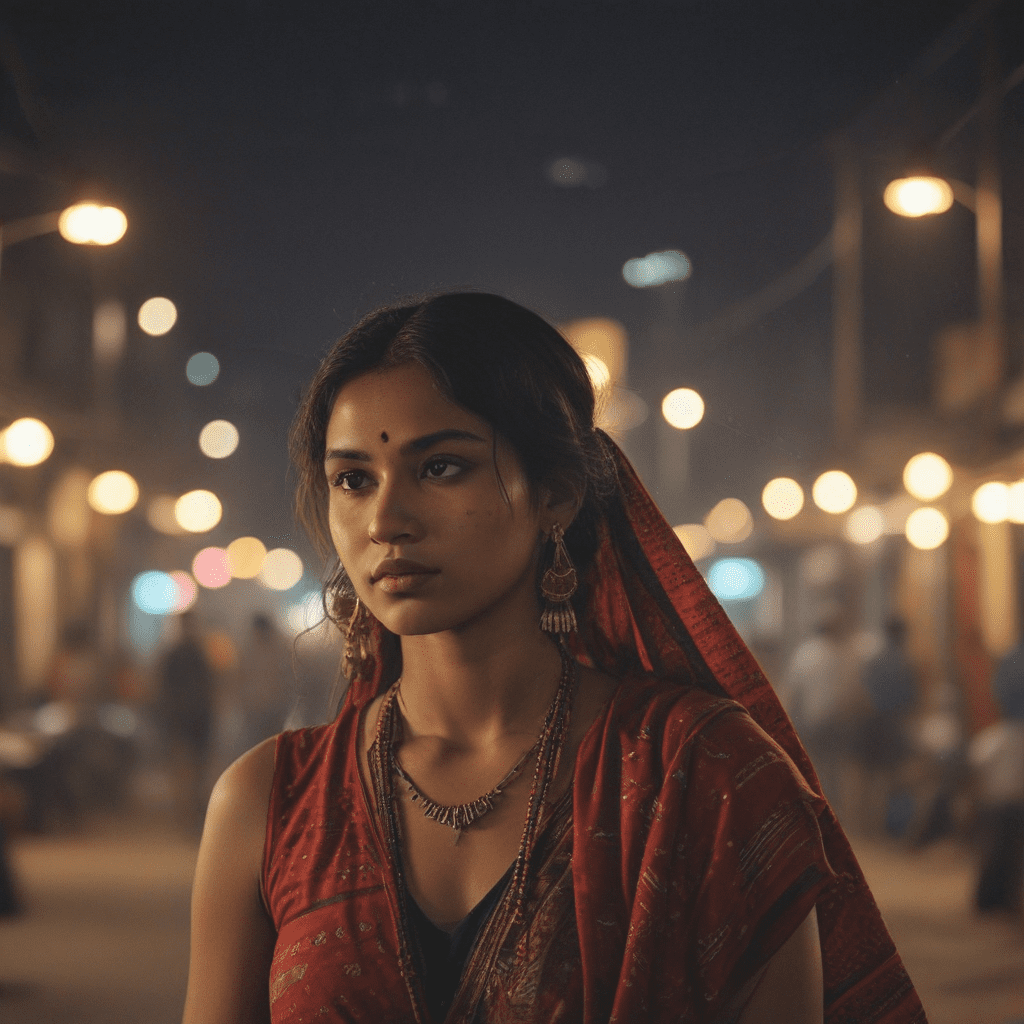
Exploring the Tribal Culture of Bangladesh
1. Introduction to Bangladesh's Tribal Heritage
Bangladesh, a land of diverse cultures and traditions, is home to a rich tribal heritage. The tribal communities of Bangladesh, with their unique customs, beliefs, and lifestyles, have played an integral role in shaping the nation's cultural landscape. Historically, the tribal population resided primarily in the Chittagong Hill Tracts (CHT) region, a mountainous area in southeastern Bangladesh. However, over time, tribal communities have migrated to various parts of the country, including the plains and urban centers.
2. The Diverse Tribal Groups of Bangladesh
Bangladesh is home to over 40 distinct tribal groups, each with its own language, culture, and customs. The largest tribal group is the Chakma, followed by the Marma, Tripura, Tanchangya, and Bawm. While these groups share some similarities, they also exhibit distinct variations in their traditions, rituals, and social structures. For instance, the Chakma and Marma communities practice animism, while the Tripura and Tanchangya follow Hinduism.
3. Traditional Beliefs and Practices
Tribal communities in Bangladesh have preserved many traditional beliefs and practices that have been passed down through generations. Nature worship, ancestor veneration, and spirit rituals play a central role in their spiritual lives. Many tribes believe in the existence of supernatural beings, such as hill spirits, water spirits, and forest spirits. They perform rituals and ceremonies to appease these spirits and seek their blessings for good health, prosperity, and protection.
4. Indigenous Languages and Oral Histories
The tribal communities of Bangladesh speak a variety of indigenous languages, each with its own distinct vocabulary and grammar. These languages have been preserved through oral traditions, as many tribes have no written script. Tribal elders play a crucial role in transmitting knowledge, stories, and cultural practices to younger generations. Oral histories and folklore serve as valuable sources of information about the past and present of the tribal communities.
5. Economic Activities and Livelihoods
Traditionally, tribal communities in Bangladesh have relied on subsistence farming, hunting, and gathering for their livelihood. They cultivate a variety of crops, including rice, millet, and vegetables, using traditional agricultural methods. In recent decades, some tribes have also adopted cash crops, such as tea and rubber, to supplement their income. Additionally, many tribes are involved in handicrafts, such as weaving, pottery, and bamboo craft, which provide them with additional sources of income.
6. Social Structures and Kinship Systems
The tribal communities of Bangladesh have intricate social structures and kinship systems that govern their relationships and way of life. These systems often revolve around extended families and clans, with elders holding a respected position. Many tribes practice a patriarchal society, where men hold positions of authority and leadership. However, some tribes also have matriarchal or matrilineal systems, where women play a dominant role in family and community affairs.
7. Cultural Festivals and Celebrations
Tribal communities in Bangladesh celebrate a variety of cultural festivals and events throughout the year. These festivals showcase their unique traditions, music, dance, and cuisine. Some of the most notable festivals include the Biju festival of the Chakma community, the Wangala festival of the Marma community, and the Garia puja festival of the Tripura community. These festivals provide opportunities for tribes to come together, strengthen social bonds, and preserve their cultural heritage.
8. Impact of Modernization on Tribal Communities
Modernization and globalization have brought significant changes to the lives of tribal communities in Bangladesh. Factors such as deforestation, commercialization, and the influx of external influences have impacted their traditional way of life. While some tribes have embraced certain aspects of modernization, others have faced challenges in preserving their cultural identity and autonomy. Education and access to modern amenities have also influenced tribal lifestyles and aspirations.
9. Conservation and Preservation of Tribal Cultures
Recognizing the importance of preserving the rich cultural heritage of tribal communities, the Government of Bangladesh has implemented various initiatives. These include the establishment of cultural centers, documentation of traditional practices, and support for cultural festivals. Additionally, non-governmental organizations and community-based projects play a vital role in promoting awareness and conservation efforts. By safeguarding their languages, traditions, and way of life, the cultural diversity of Bangladesh is enriched and preserved for future generations.
10. Conclusion: The Rich and Vibrant Tribal Tapestry of Bangladesh
The tribal communities of Bangladesh are an integral part of the nation's cultural and social fabric. Their unique traditions, beliefs, and lifestyles contribute to the rich diversity of Bangladesh. By exploring and understanding the tribal heritage of Bangladesh, we gain insights into the country's past, present, and future. Preserving and celebrating the cultural tapestry of these communities ensures that their voices and identities continue to be heard and valued.
Frequently Asked Questions (FAQs)
- How many tribal groups are there in Bangladesh?
Bangladesh is home to over 40 distinct tribal groups, each with its own language, culture, and customs.
- What is the largest tribal group in Bangladesh?
The Chakma is the largest tribal group in Bangladesh.
- What are some of the traditional beliefs and practices of the tribal communities in Bangladesh?
Tribal communities in Bangladesh have preserved many traditional beliefs and practices that have been passed down through generations. Nature worship, ancestor veneration, and spirit rituals play a central role in their spiritual lives.
- What are the main economic activities of the tribal communities in Bangladesh?
Traditionally, tribal communities in Bangladesh have relied on subsistence farming, hunting, and gathering for their livelihood. In recent decades, some tribes have also adopted cash crops and handicrafts to supplement their income.
- How has modernization impacted the tribal communities in Bangladesh?
Modernization and globalization have brought significant changes to the lives of tribal communities in Bangladesh. Factors such as deforestation, commercialization, and the influx of external influences have impacted their traditional way of life.


